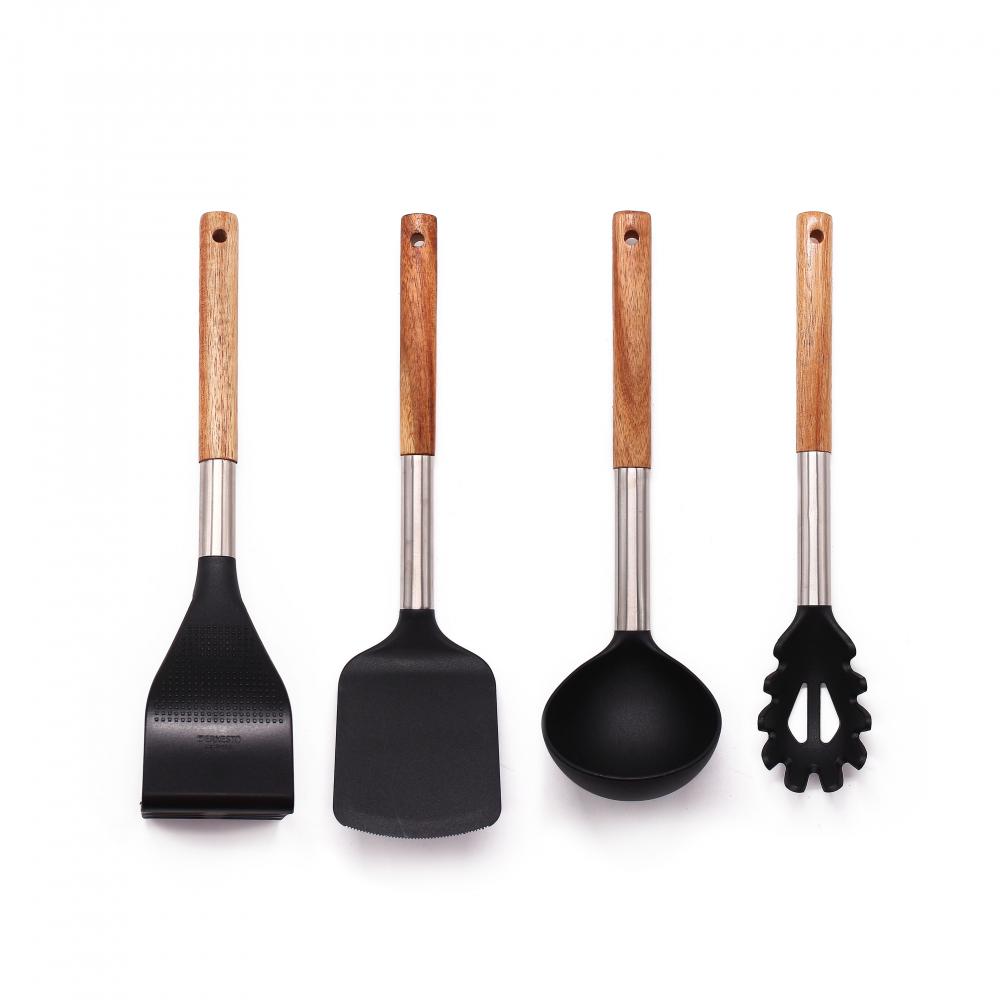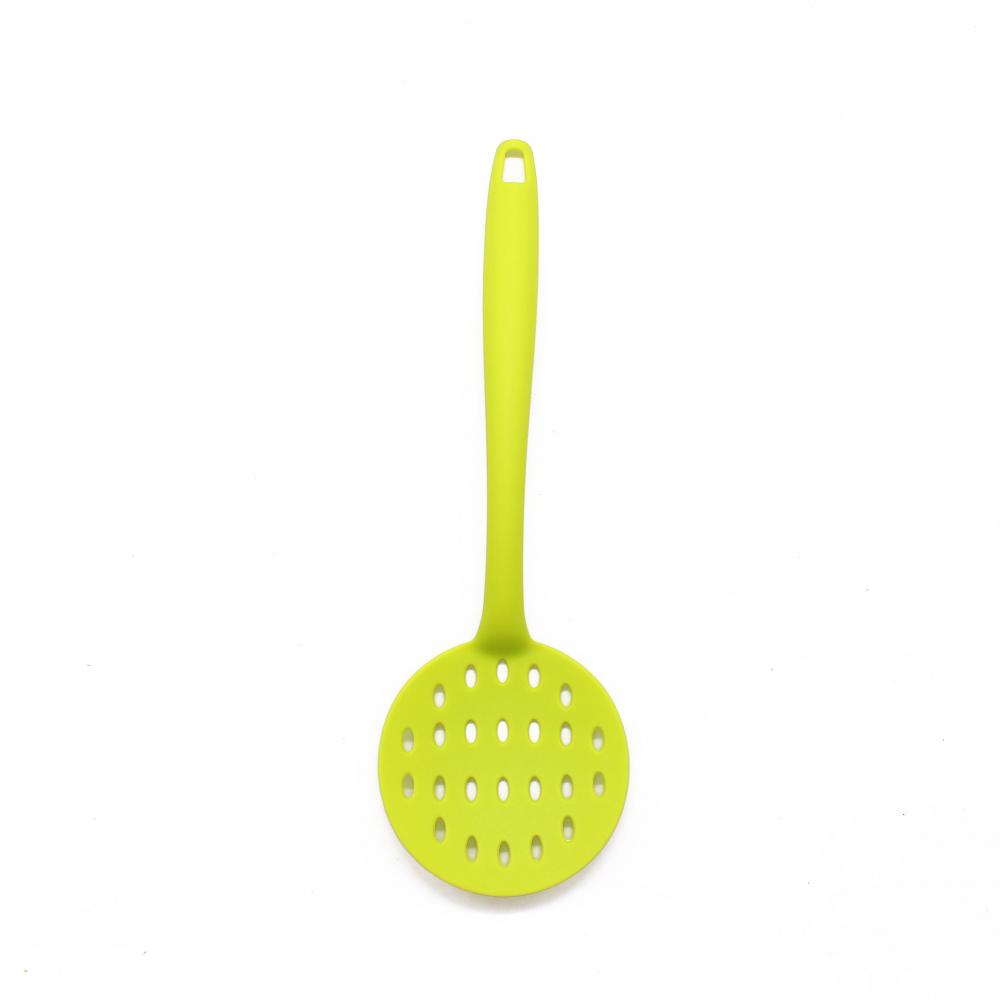ã€Abstract】 Objective To establish a HPLC gradient elution method for the determination of chlorogenic acid content in the leaves and fruits of Tianshan Catalpa? The method uses a ZORBAS ODS C18 (4.6 MM × 15 CM, 5 ÎœM) chromatography column, methanol-0.02% phosphoric acid solution is Mobile phase (gradient elution), flow rate 1.0 ML · MIN-1, detection wavelength 326 NM? Results chlorogenic acid linear range is 3.952 ~ 19.76 MG / ML, chlorogenic acid content in leaves is 1.982% (RSD = 0.58% , N = 3), the average recovery rate is 99.42%; the chlorogenic acid content in the fruit is 2.259% (RSD = 1.2%, N = 3), the average recovery rate is 99.32? Conclusion This method is economical? Simple? Fast? Accurate? Reliable , Can be used for quality control of the medicinal material?
[Keywords] Tianshan Sorbus Chlorogenic Acid High Performance Liquid Chromatography Gradient Elution
ABSTRACT: OBJECTIVETO ESTABLISH METHODS FOR DETERMINATION OF CHLOROGENIC ACID IN SORBUS TIANSCHANICA.METHODSTHE HPLC SYSTEM CONSISTED OF THE COLUMN OF ODS ZORBAS ODS (4.6 MM × 15 CM, 5 ΜM) COLUMN AND MEOH -0.02% H3 PO3 AS THE MOBILE PHASE. RATE WAS 1.0 ML · MIN-1 .THE DETECTION WAVELENGTH WAS 326 NM.RESULTSTHE METHOD WAS LINEAR WITHIN THE RANGE OF 3.952 ~ 19.76 ΜG / ML.CHLOROGENIC ACID IN THE LEAF OF S.TIANSCHANICA WAS 1.982% (RSD% = 0.58, N = 3) AND THE AVERAGE RECOVERY WAS 99.42%. CHLOROGENIC ACID IN THE FRUIT OF S.TIANSCHANICA WAS 2.259% (RSD% = 1.2, N = 3) AND THE AVERAGE RECOVERY WAS 99.32% .CONCLUSIONTHE METHOD IS SIMPLE, SENSITIVE, QUICK AND HIGHLY REPRODUCTIVE AND IT IS SUITABLE FOR ANALYSIS OF CHLOROGENIC ACID IN S. TIANSCHANICA.
KEY WORDS: SORBUS TIANCHANICA; CHLOROGENIC ACID; HPLC; GRADIENT ELUTION
Rosaceae ROSACEAE Sorbus Tianshanica Sorbus Tianshanica is commonly used by Uyghurs and Kazakhs. Pharmacological experiments show that [1 ~ 3], Tianshan Sorbus branches and leaves have both antitussive, antiasthmatic and cardiotonic effects. And the toxicity is very low? Chlorogenic acid is one of the active ingredients in the Tianshan rowan tree. It is widely present in nature and belongs to the caffeoylquinic acid derivative. Hormone compounds, antibacterial and detoxifying for many medicinal materials? The main active ingredient of anti-inflammatory and gallbladder? In addition to strong antioxidant capacity, chlorogenic acid also has anti-HIV? Anti-allergic? Anti-tumor and other functions [4 ~ 7] Quantitative studies on chlorogenic acid in Catalpa have not been reported. In order to understand the content of chlorogenic acid in Tianshan Catalpa, comprehensively evaluate this medicinal plant, better control the quality of medicinal materials, and develop the potential of traditional Chinese medicinal materials We have established a high-performance liquid chromatography method for the determination of chlorogenic acid in the leaves and fruits of Sorbus tianshanensis [8,9]
1 Instruments and reagents
AGILENT HP1100 high-performance liquid chromatography system, equipped with: quaternary pump, ultraviolet detector, HP1100 ChemStation; Shimadzu UV 2401 (PC) ultraviolet spectrometer; Germany SARTORIUS BP211D one hundred thousandth electronic analytical balance; Soxhlet pump Extraction device; methanol is chromatographically pure, water is double-distilled water, and other reagents are analytically pure; Tianshan rowan tree is self-made for the test product; the chlorogenic acid reference product is provided by the China Pharmaceutical Bioassay?
2 Methods and results
2.1 Chromatographic conditions The chromatographic column is ZORBAS ODS C18 (4.6 MM × 15 CM, 5 ΜM) column, the detection wavelength is 326 NM; the column temperature is 35 ℃; the flow rate is 1.0 ML · MIN-1; the injection volume is 20 ML? Mobile phase elution The gradient is shown in Table 1?
Table 1 Mobile phase gradient elution (omitted)
2.2 Preparation of reference solution and test solution
2.2.1 Chlorogenic acid reference substance solution Weigh about 20 MG of chlorogenic acid reference substance, weigh accurately, set in a 100 ML brown volumetric flask, dilute the methanol solution to the mark, as a stock solution? Precisely absorb the stock solution 5 ML, set In a 25 ML brown volumetric flask, add methanol solution to the mark and shake it to obtain the reference solution?
2.2.2 Tianshan rowan tree leaves The test product was dried at 60 ℃ at atmospheric pressure to a constant weight of Tianshan rowan tree leaf powder of about 0.5 G, 3 parts each, placed in a Soxhlet extractor, added with ether of about 80 ML, and heated to reflux until colorless , Discard the ether, evaporate the drug residue, add 80 ML of methanol, heat and extract to colorless, transfer to a 100 ML volumetric flask, make the volume of methanol, that is, the test solution of Tianshan rowan leaves to be tested?
2.2.3 Tianshan Sorbus fruit for the test, take 3 portions of Tianshan Sorbus fruit powder dried to constant weight at 60 ℃ under constant pressure to about 0.5 G, place in Soxhlet extractor and add 80 ML of methanol, heat and reflux to extract until colorless, move To a 100 ML volumetric flask, make a fixed volume of methanol, that is, to be tested Tianshan rowan fruit test solution?
2.3 Examination of linear relationship and stability experiment Precision pipette 1.0, 2.0, 3.0, 4.0, 5.0 ML chlorogenic acid reference solution, put them into 10 ML brown volumetric flasks respectively, filter with 0.45 Μ filter membrane, collect continuous filtrate and inject Amount of 20 ML, measured according to the above chromatographic conditions? The area of ​​the baseline is called the peak area? A = × Σ × H = 2.507ΣH = 1.064 WH / 2H> Peak area A Linear regression of the concentration of the reference substance (ΜG / ML), The regression equation of the standard curve is obtained: A = 46.107C-59.532, R = 0.999 6? The linear range of chlorogenic acid is 3.952 ~ 19.76 ΜG / ML? Take the above reference solution, and measure the peak area every 2 H according to the above chromatographic conditions. It shows that it is basically stable within 12 H (RSD = 2.8%)?
2.4 Precision experiment Pipette 2.0 ML of the reference solution accurately, place it in a 10 ML brown volumetric flask, add methanol to the mark, shake well, inject samples according to item "2.3", and inject samples 5 times in a row, chlorogenic acid content RSD = 2.7%?
2.5 Repeatability experiment Accurately measure 0.8 ML of leaves and fruit test solution with known chlorogenic acid content, move to a 10 ML brown volumetric flask, make up to volume with methanol, inject samples according to item "2.3", and continuously inject 5 Second, the chlorogenic acid content of leaves RSD = 2.8%; the chlorogenic acid content of fruits RSD = 0.74%?
2.6 Recovery rate experiment Pipette 0.8ML sample with known chlorogenic acid content accurately, place it in a 10 ML brown volumetric flask, add precision low-, medium-, and high-concentration reference solution accurately, dilute with methanol to the mark, according to "2.3" Operational determination under the item? Leaf: average recovery rate = 99.42%, RSD = 2.1% (N = 9); fruit: average recovery rate = 99.32%, RSD = 2.4% (N = 9)?
2.7 Determination of the sample The precise amount of the test solution 0.8 ML is transferred to a 10 ML brown volumetric flask, the volume is fixed with methanol, the sample is injected according to the item "2.3" and substituted into the standard curve, and the result is obtained. The average content of original acid is 1.982%, RSD = 0.58% (N = 3); the average content of chlorogenic acid in the Tianshan rowan fruit is 2.259%, RSD = 1.2% (N = 3)? See Figure 1?
Figure 1 Chlorogenic acid HPLC chromatogram (omitted)
3 Discussion The reference product chlorogenic acid was scanned by UV. Chlorogenic acid has strong absorption at 326 NM, so choose 326 NM as the measurement wavelength?
I chose the isocratic elution chromatography conditions of methanol-0.02% phosphoric acid solution (10:90), but the retention time of chlorogenic acid is too long, the TR is 14 MIN, and it takes about 30 MIN to complete a test. Gradient elution after trial and error, Make the test component chlorogenic acid with shorter time TR
4.4 MIN comes out of the peak, and then the elution gradient becomes larger, the polarity of the mobile phase also becomes larger, and the weakly polar components flow out of the column quickly?
ã€references】
[1] Li Dimin. Pharmacological study of water extract of Tianshan rowan tree [J]. Chinese Herbal Medicine, 1995, 26 (6): 302.
[2] Li Dimin, Chen Jian. Study on the pharmacological effect of the alcohol extract of Sorbus tianshanensis [J]. Northwest Pharmaceutical Journal, 1999, 14 (1): 14.
[3] Yu Ming, Li Xuan. The pharmacological effects and research progress of the chemical constituents of the Catalpa genus [J]. Journal of Liaoning College of Traditional Chinese Medicine, 2004, 6 (5): 364.
[4] Gao Jinming, Zhang Anling, Zhang Kangjian, et al. Chlorogenic acid distribution? Summary of studies on extraction and biological activity [J]. Journal of Northwest Forestry University, 1999, 14 (2): 73.
[5] Zhang Anling, Ma Qun, Gao Jinming, et al. Chlorogenic acid and its analogues and biological activity [J]. Chinese Herbal Medicine, 2001, 32 (2): 173.
[6] Hu Kejie, Sun Kaoxiang, Wang Jinglu, et al. Study on the antiviral effect of chlorogenic acid in vitro [J]. Journal of Harbin Medical University, 2001, 35 (6): 430.
[7] Wei Qin, Ma Xihan. A review of chlorogenic acid and its extraction and separation methods [J]. Chinese Patent Medicine, 2001, 23 (2): 135.
[8] Xie Chengxi, Zhang Lijing, Fan Weigang. Determination of chlorogenic acid in Apocynum venetum leaves by reversed-phase high performance liquid chromatography [J]. Analytical Laboratory, 2006, 25 (2): 16.
[9] Li Jianzhong, Ma Liang, Cui Tong, et al. Analysis of the main active substances in hawthorn fruit by high performance liquid chromatography [J]. Chromatography, 2005, 23 (1): 11.
This article comes from the determination of chlorogenic acid content in Tianshan rowan tree by high-performance liquid chromatography | Scientific Instrument Online Original Link: HTTP://WWW.HG17.COM/KNOWLEDGEVIEW3628.HTML
Nylon Utensils are made of BPA-free nylon, which contains no toxins and is safe for cooking. The utensils' nylon core is flexible and sturdy, making them suitable for all types of cooking. Durable nylon utensils hoist the heaviest loads with ease. nylon utensils withstand up to 480° F and are non-stick, so they won't scratch your expensive non stick cookware. Nylon utensils are easily cleaned, and don't stain or accumulate odors unlike old plastic or bamboo kitchen accessories. You don't have to worry about food coloring.



Nylon Utensils
Nylon Utensils,Nylon Cooking Utensils,Nylon Kitchen Utensils,Nylon Spatula
Yangjiang Winfore Industrial Co., Ltd , https://www.winforekitchenware.com